Staining Solution: The Complete FAQ Guide In 2025
Do you know where the staining solution is used? This solution is used in various areas such as microbiology, cytology, histology and pathology. As you know there are also things that you cannot see with the naked eye. So, a solution is made by mixing chemicals that are used by researchers or lab technicians.
The straining process is done automatically to ensure efficiency and accuracy. If you are a user of strain solution, must suggest from experts as it deals with tissue examination where a high-quality strain is needed along with this any troubleshooting can affect the result. Some factors influence the solution: polarizing power and lattice energy.
This FAQ guide will help to answer your questions regarding staining solutions such as what it is actually, purpose, types, and many other questions. Hence, if you are a researcher or student and want to know about this solution then you are the right site. Let’s explore and don’t miss the chance to enjoy it.
1.What is a staining solution?
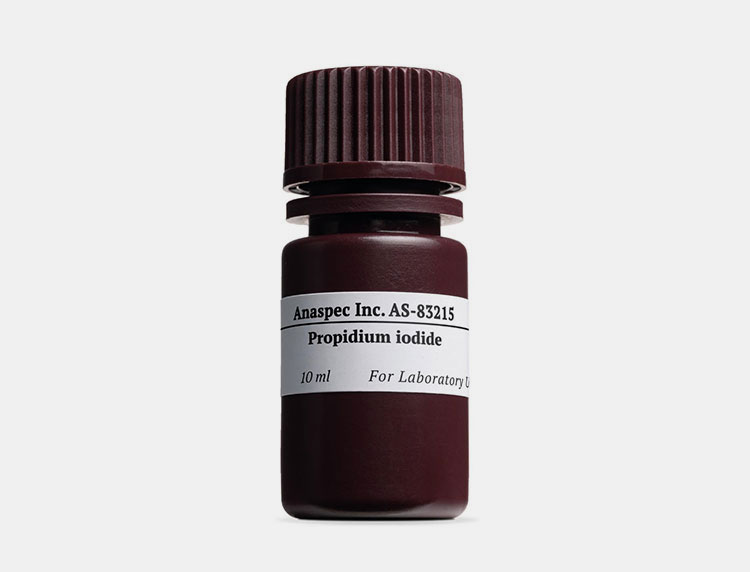
Staining solution-Picture courtesy: eurogentec.com
A staining solution is a liquid mixture that is used for certain biological samples. This solution contains colors, buffer, solvent and dyes that are added to the sample to clearly distinguish the components in microscope. As staining is widely used for the cells and tissues that are transparent so as to contrast and know the components such as cytoplasm, nuclei, and other organelles, the staining solution is applicable. Special chemical affinities are used for specific structure highlighting such as lipid, protein etc.
2.What benefits do you get from the staining solution?
A staining solution might look like a simple solution but there are treasures hidden in it. This solution widely used in many areas due to its benefiter role. Excited to know? Well, followings are the benefits that you get from the straining solution.
Structures identification
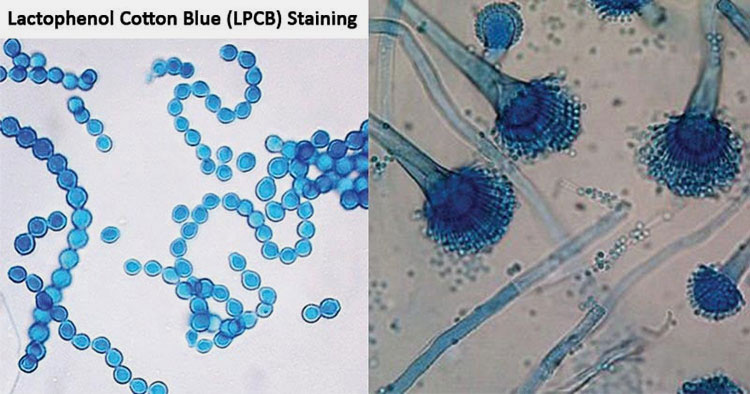
Structure identification-Picture courtesy: microbenotes.com
Straining solution can bind to any tissue or cell that is to be identified. As you know that there are types of staining solution and each is used for any specific component. Dyes interact with chemical properties of components; acidic stain with basic part of components(cytoplasm) and so do the basic stain with acidic part nuclei).
Cellular detail

Cellular detail
Researcher and scientists investigate the metabolic activity of cell. Some strains go well with some of the cell. Like:
Fluorescent viability stains are designed to indicate the metabolic activity and apoptosis.
Vital strains are used by dead cells as this is rejected by active cells.
Identification of cell and tissue abnormalities
Do you know how cell types and any mishap is identified? Staining solution is used for this purpose. There are two-gram strains; positive gram train and negative gram strain. Gram positive acts differently on bacteria depending on their cell wall while gram negative respond differently to antibiotics. Tissue abnormalities and fungi are identified by specific trains.
Medical treatment
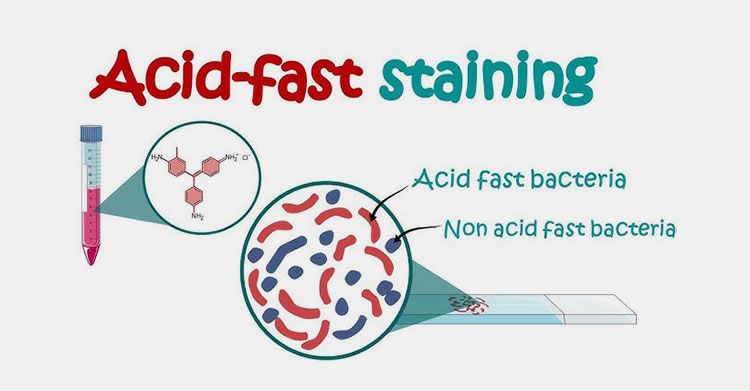
Medical treatment
Staining solution is the core liquid used in medical field. To identify diseases, tumors and even in biopsies.
Mycobacterium is identified by acid-fast stain.
Plasmodium is identified by using giemsa stain.
hematoxylin and eosin (H&E) stain is vitally used to identify tumors, inflammation and different types of tissue.
Enhance visibility
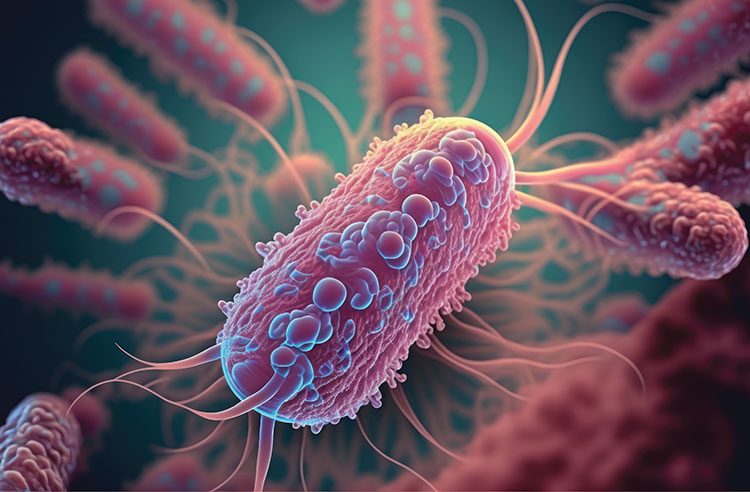
Enhance visibility
Some microorganisms are small that can’t be seen with eyes and some cells are colorless and transparent. Staining solution is used with the cell specimen to view the cellular components. You can see the internal structure (morphology) through this solution.
Image documentation

Image documentation
Stain is used to produce the clear image. Hence it results in defined photomicrography.
3.What are the areas in which staining solution is used?
Staining solution is used in various areas or fields. In each field, its areas of importance are varied. If you are new to use of staining solution, its application to know are first-hand necessary. Therefore, below are the areas in which staining solution is used.
Histology
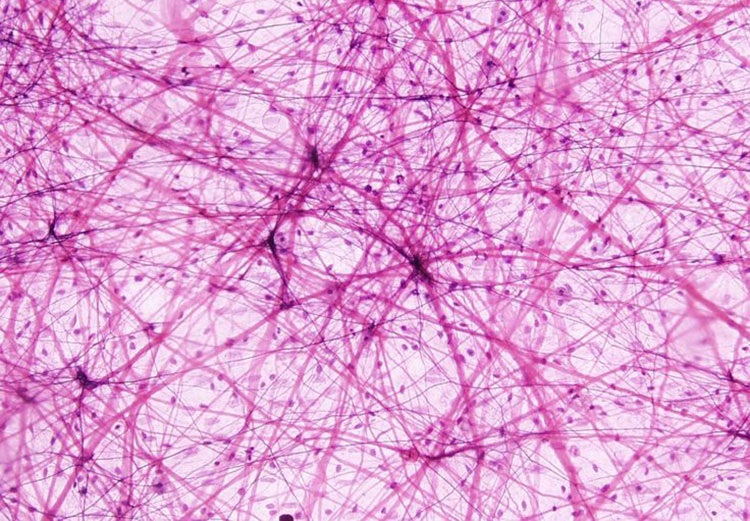
Histology
In histology, staining solution is used for tissue. It means that for knowing the inner organs and structure of tissue, a liquid mixture of dyes and solvents is used.
Different tissue in body. Masson’s Trichrome stain shows the internal structures of tissues and can differentiate different tissues e.g. muscle tissue, skin tissue etc.
Hematoxylin and Eosin stain is designed to show you the tissue architecture.
Hematology

Hematology- Picture courtesy: biologynotesonline.com
Hematology is related to blood. This solution is used to detect the both white blood cells and red blood cells. As red blood cells has different types. So, researcher o technician uses stains to detect any problems with these cells and identify the core defects in them.
Wright’s stain is used to color these cells to identify the anemia, leukemia etc.
Giemsa stain detects plasmodium parasite in your blood.
Cytology
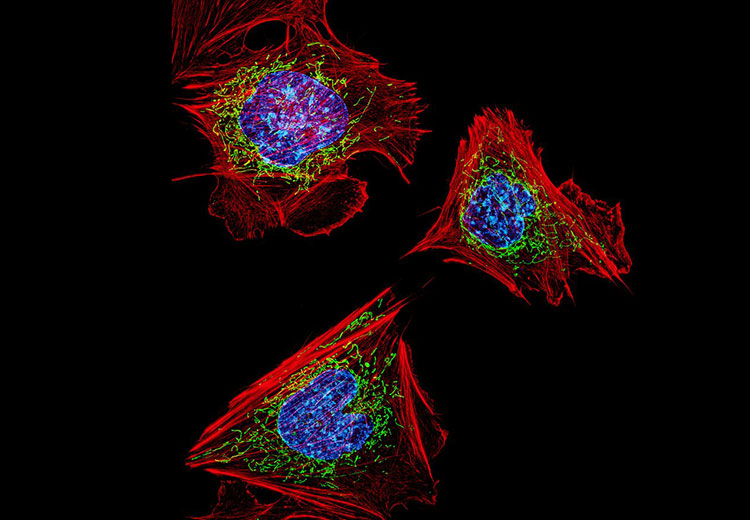
Cytology- Picture courtesy: kenhub.com
In field of cytology, staining solution is used to study cell in detail by viewing its structure in microscope such as mitochondria, Golgi apparatus, nuclei, cytoplasm and many more. The stains also used to check the cell division, and apoptosis.
- Fluorescent stains are used to visualize DNA.
- Methylene blue identifies the nuclei.
Microbiology
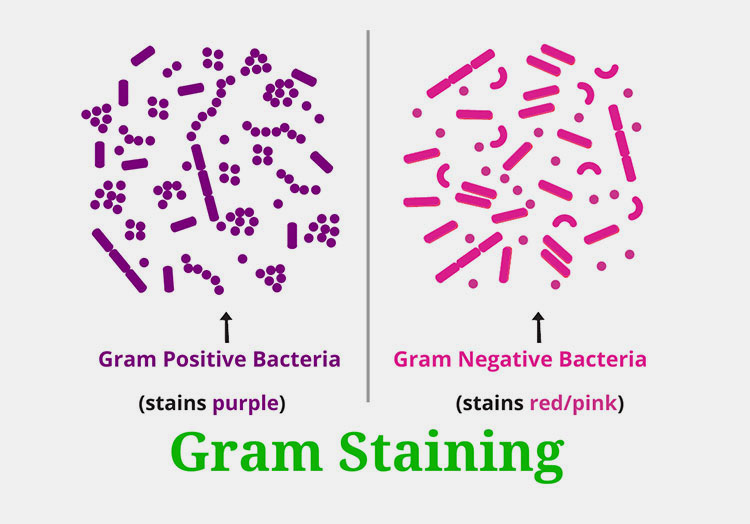
Microbiology- Picture courtesy: RBR life science
Microorganisms are small and colorless. In this area, staining solution is used to identify microorganisms, their structure and classification. Staining proves fruitful here as microorganisms are visible by the solution ingredients.
- Gram stains are used to identify microorganisms on the basis of cell wall presence.
- Acid-fast stain highlights the spores like clostridium.
Genetics
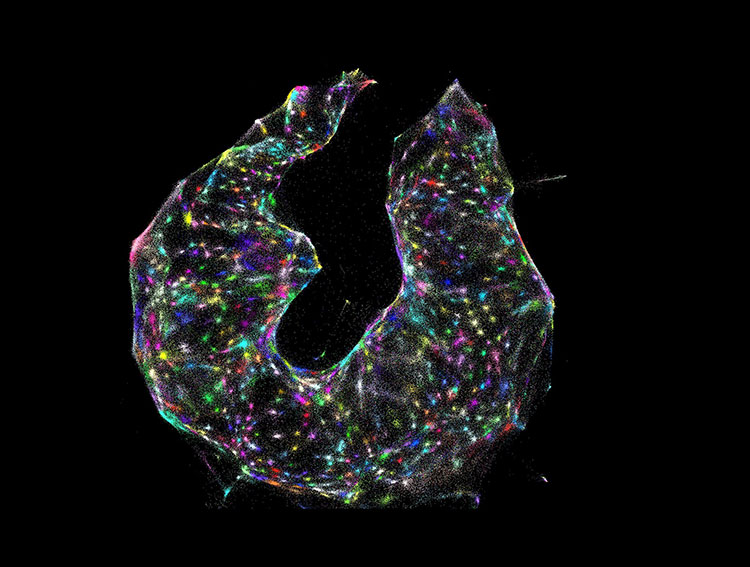
Genetics-Picture courtesy: phys.org.com
In genetics, staining solution is used to check the genetic materials. The solutions are:
- Giemsa stain is used to identify the turn syndrome and down syndrome, a chromosomal abnormalities problem.
- Fluorescence in situ hybridization (FISH) uses fluorescence to visualize RNA and DNA sequence.
Botany
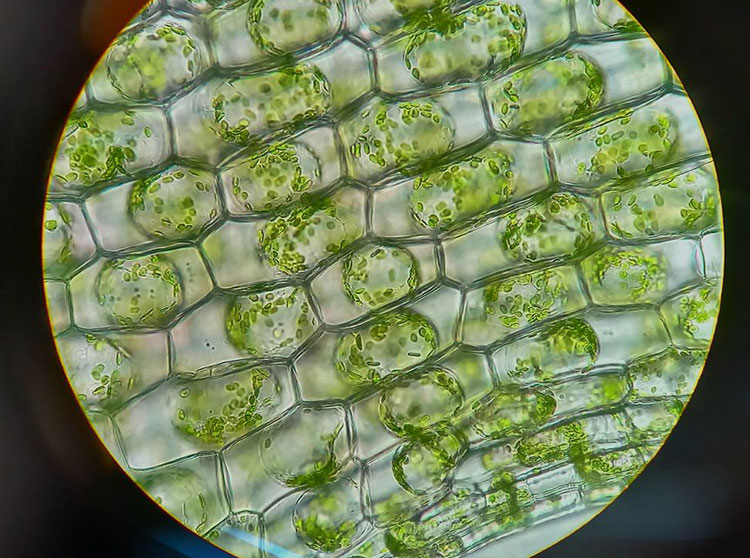
Botany
Plant cells and tissues may be similar in structure and differentiation is difficult. Hence, staining solution is used for clear contrasting. This also helps to study in plant anatomy, know about their growth and development.
- Toluidine blue stain is used to differentiate different types of cells.
- Iodine solution is designed to identify starch in plant cells.
Biochemistry
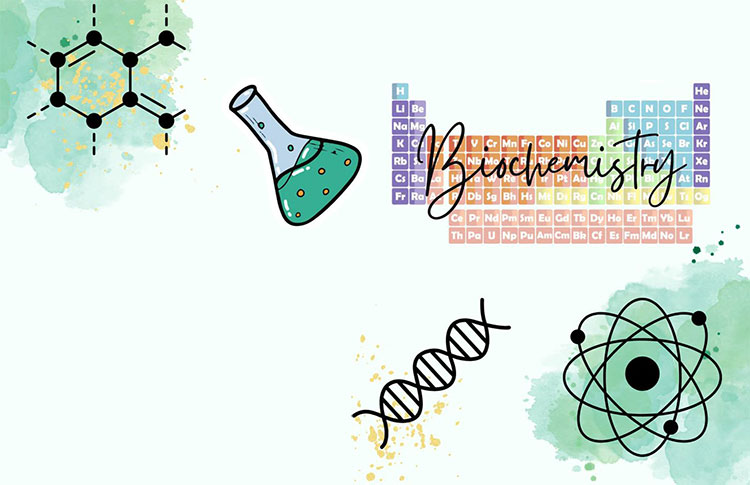
Biochemistry
Nucleic acid and proteins are detected by using staining solution. This is used where genomics and proteomics study or research is involved.
- Gel red staining solution is used to highlight nucleic acid.
- Silver staining is used for low-abundance protein.
4.Can you explain the ingredients in the staining solution?
Different staining solution use for different cells, tissues and other structures to be determine. The ingredients also vary from solution to solution. The followings are the common ingredients use in making of staining solutions.
Solvent
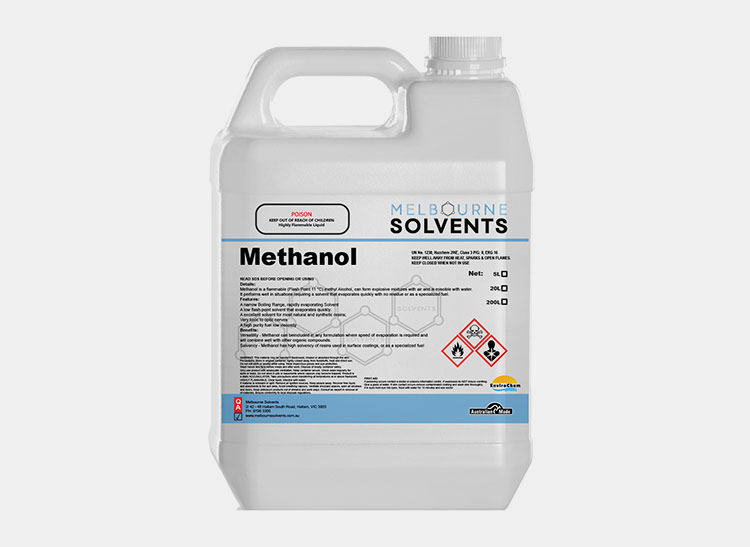
Solvent-Picture courtesy: melbournesolvents.com
The penetration power of solution comes from the medium called solvent. It dissolves the dyes. The solubility and intensity of dyes in staining is determined by solvent. The solvents include water uses in aqueous solution, methanol uses in alcoholic stains, glycerol to prevent the solution from drying out.
Dye
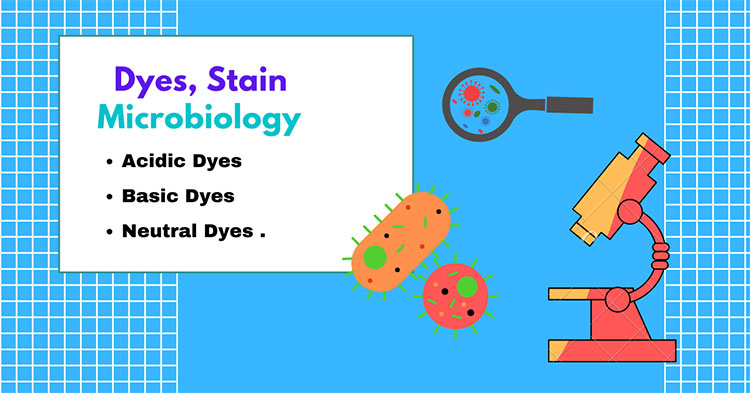
Dye-picture courtesy: RBR life science
It is used to visualize the cell and tissue structure. This binds to the target based on their chemical properties. Dyes can e basic, acidic and neutral. Basic dyes are positive in charge and have ability to attach to negative charged components. Secondly the acidic dyes are negative charges attach to positive charged components. Lastly, neutral dyes have no charge so stain various components.
PH adjusters
As from its name, you can guess its function. It is used to stabilize the PH of staining solution. Each solution has their optimum PH in which they work best. Slight change in PH affect the binding and staining power of solution. The PH adjusters are acetic acid and sodium hydroxide.
Mordant
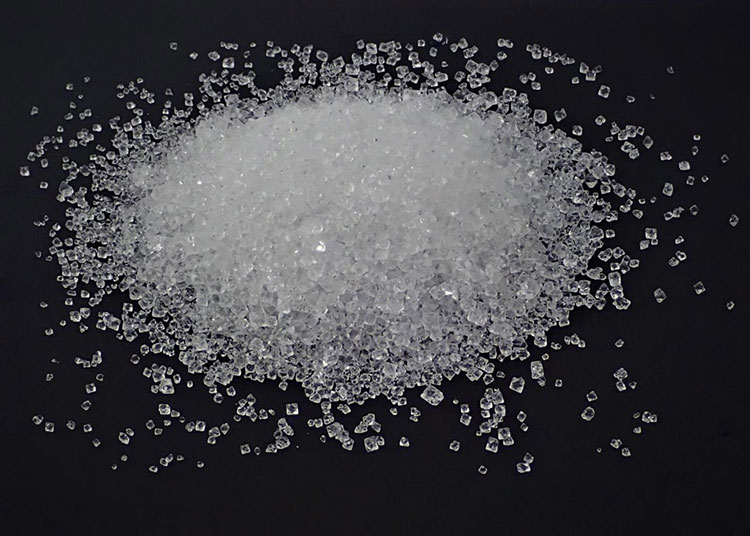
Mordant-Picture courtesy: inoxialtd.com
Binding of dye to the target is all due to use of mordant. The retention, affinity of the stain, and make the color more prominent. Iron salts, iodine, ammonium aluminum sulfate etc. are the common mordant.
Preservatives
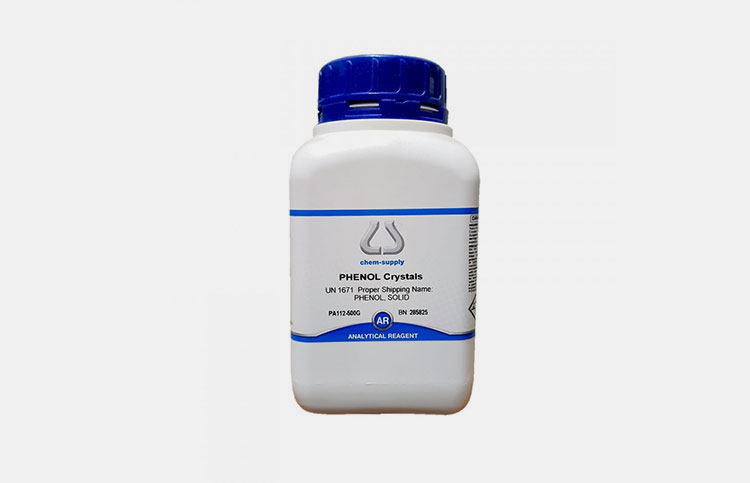
Preservatives-Picture courtesy: westlab.com
Preservatives are added to preserve the solution from microbes and from degradation of chemicals. Shelf life is increased using these. Phenol and formaldehyde are the preservatives. By using this, you can store staining solution for long period.
Additives
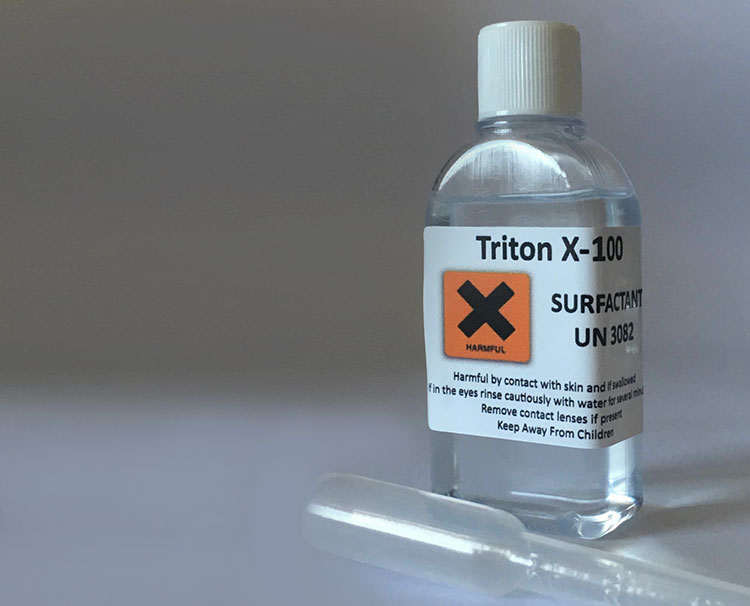
Additives-Picture courtesy: deltamicroscopies.com
To enhance visualization, effectiveness, and intensify the staining properties, additives are used. This includes chemicals and stabilizers. So, to efficiently penetrate the stain solution in the target, triton X-100 is used. Sodium thiosulfate is used to make the tissue more visible.
5.What are the types of staining solution?
A staining solution is used highlight cells, microorganisms and tissues. Following are the types of staining solution.
Differential staining solution
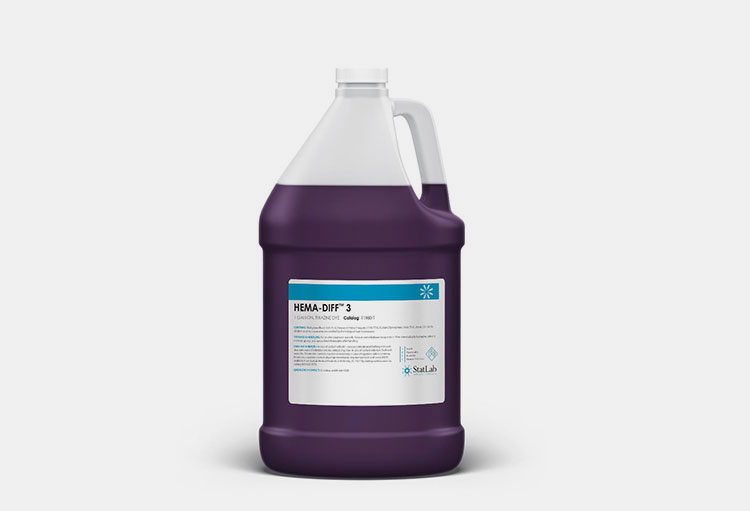
Differential staining solution-Picture courtesy: medline.com
This type of stain is used to make a difference in different cell, tissues and microorganisms. It is all by staining them. The differential stain uses multiple dyes. In acid-fast staining, two dyes such as carbol fuchsin and methylene blue is used. This staining solution is used to detect the mycobacterium with waxy and lipid rich cell wall.
Negative staining solution
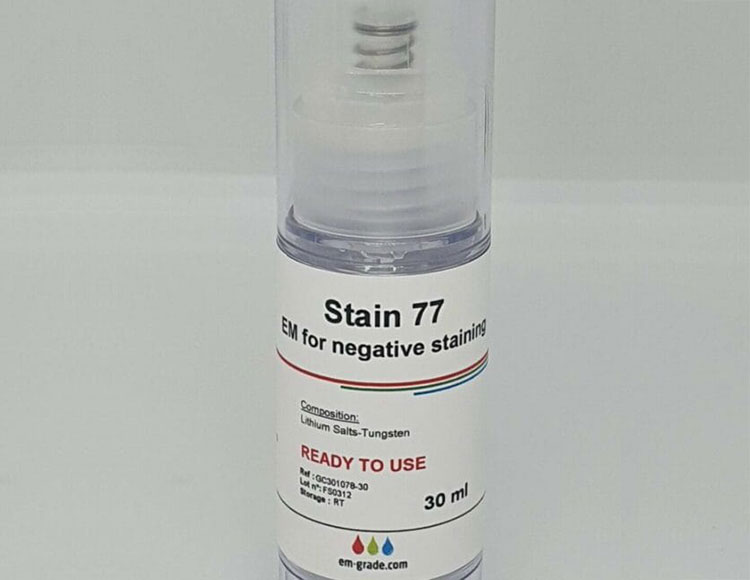
Negative staining solution-Picture courtesy: uranyless.com
Acidic dyes, which are negative, are used in negative staining solution. There is no penetration in cells quality of it. It only highlights and color the background that makes the cell looks clear. Thus, shape and size of target visualizes accurately. It includes nigrosin etc.
Simple staining solution

Simple staining solution-Picture courtesy: amscope.com
Bacterial cells are stain by using simple staining solution. Basic dye, that is positive charge, is used in simple staining solution. It is generally attached to negative charges cell wall of bacteria. Hence, you can use it to study the morphology (size and shape of bacteria) by using this type of solution.
Vital staining solution

Vital staining solution-Picture courtesy: fisherscientific.com
The type of staining solution that is used to differentiate dead and live cells. It is excluded or absorb by live cell and stain the dead cell. Trypan blue is excluded by live cell and stain the dead cell blue.
Fluorescent staining solution
This type of staining solution is used to identifying pathogens, DNA, used in diagnosis and in immunofluorescence. It uses the dyes that emit light when exposed to specific wavelength of light. Fluorescein isothiocyanate is specialized for specific antigen.
Special staining solution
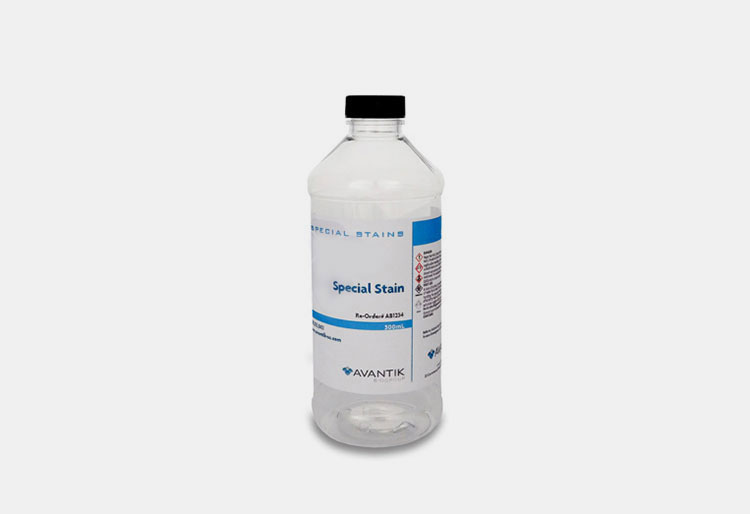
Special staining solution-Picture courtesy: avantik.com
As the name indicate, this type is used to stain special structures and organisms. It has affinity to dye specific component. Flagella stain is sued to visualize flagella, needed mordant to see the flagella. Then it is stained using carbol fuchsin.
6.What are the machines involved in making staining solution?
In making staining solution several machines involved and everyone plays its part. Following are the machines use in making staining solution.
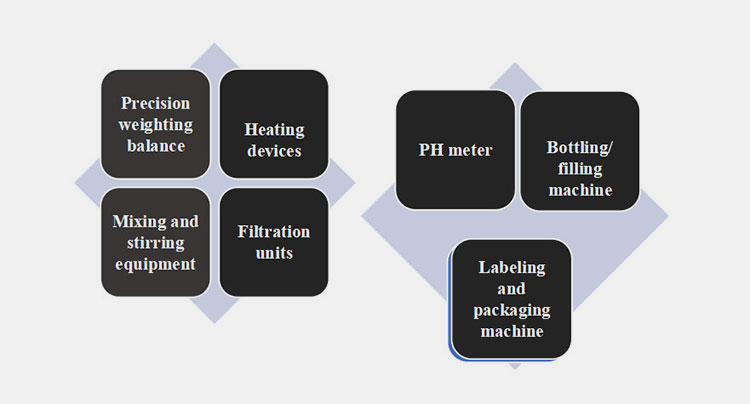
Precision weighting balance

Precision weighting balance-Picture courtesy: italianfoodteach.com
Here an automated weighting of ingredients occurs. This ensures the balance of each of ingredients such as dyes, stabilizers, solvents etc. and high precision of balance system that are reliable staining results. In staining solution, balanced quantity of materials is necessary. Powder or liquid is loaded in a hopper. Then, weighting and balancing is done, after this release in mixer.
Mixing and stirring equipment
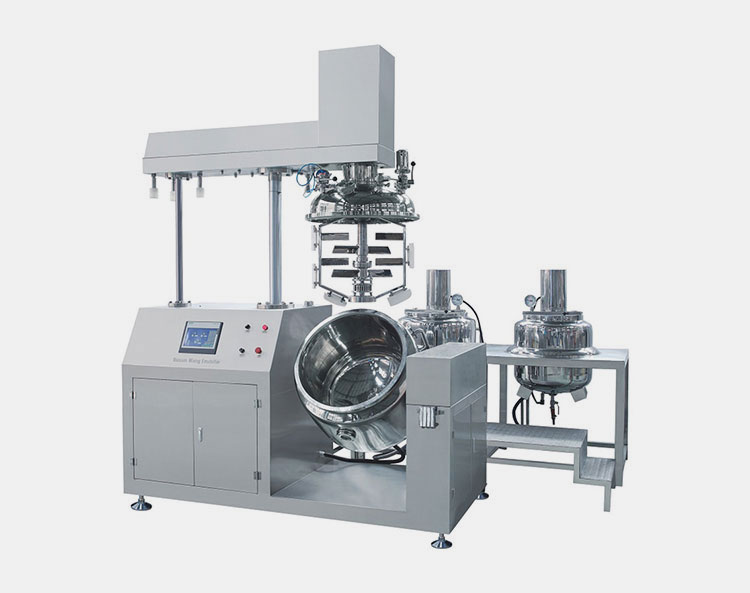
Mixing and stirring equipment
This equipment is used to mix or emulsify ingredients at vacuum condition. It is essential in consistent mixing of staining solution as its proper use on slides and sample make the staining solution more applicable.
This machine high speed shear forces to mix an ingredient such as dyes, stabilizers, solvent and other’s and blend them uniformly.
Heating devices
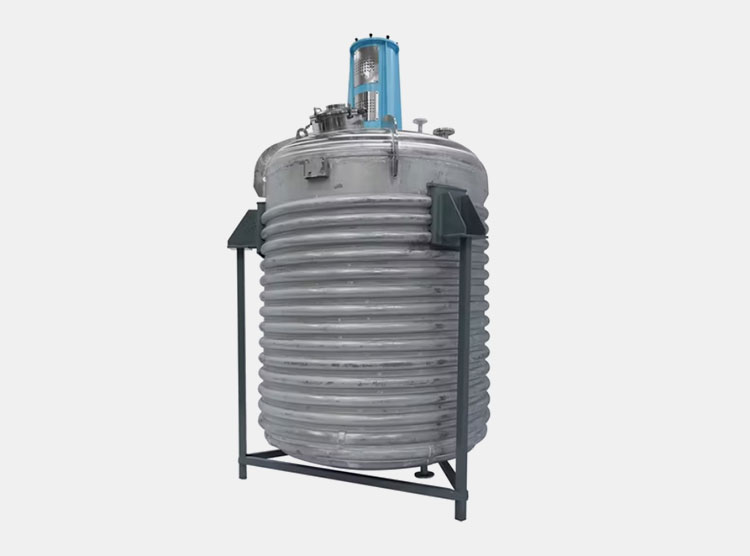
Heating device -Picture courtesy: liliequipment.com
Some of the staining solution requires heat. There is oil-jacketed heating system that controls heat to prevent degradation of ingredients and they require heat to properly dissolve. Throughout the process, integrity of chemicals are maintained.
Filtration units
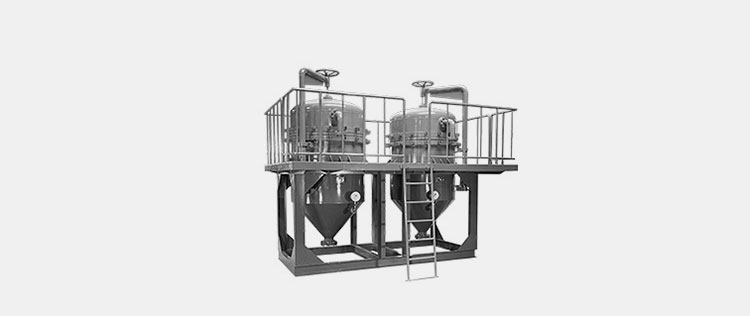
Filtration units-Picture courtesy: sanshin.com
Filtration is done to ensure the purity of staining solution. This is important step in staining solution manufacturing. There are filter unit through which staining solution is passed to ensure clean solution before fill them in bottles. The filtered liquid pass to the storage tank.
PH meter

PH meter-Picture courtesy: drawell.com
Sustain PH level of staining solution is important for its stability and potency. A slight deviation can result in inaccurate determination of cell, tissue or any defects. PH meter is used to monitor the alkalinity and acidity of solution.
Staining filling machine for
Differential staining solution:
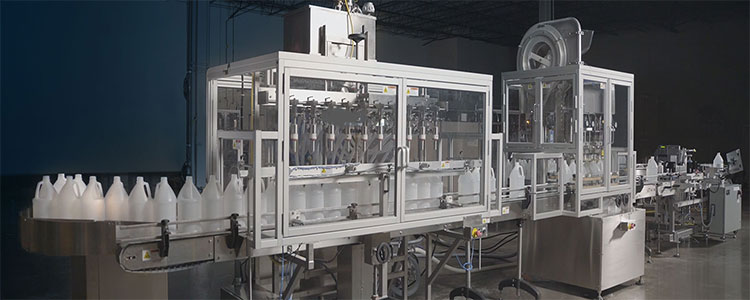
Automatic liquid filling line
For differential staining solution, an automatic liquid filling machine is used. Filling, capping, labeling and case packing machines are incorporated in this line. Bottles are filled using peristaltic pump. Capping machine place caps over bottles. These are labeled using labeling machine. Lastly, these are carton by cartoning machine.
Negative, simple and vital staining solution:
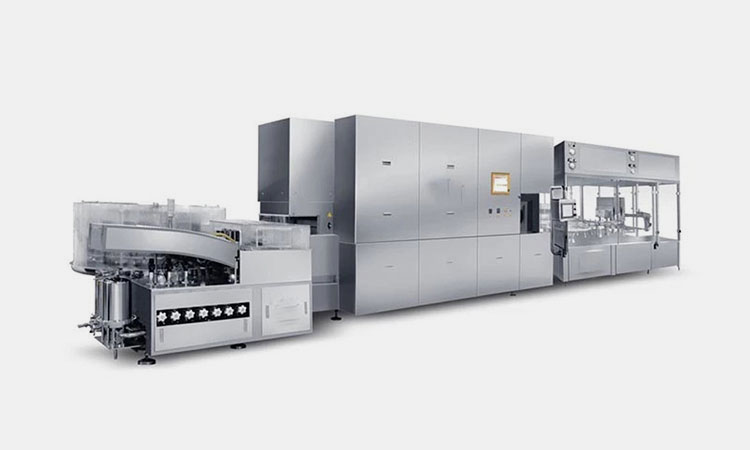
AIPAK Engineering vial filling line
This vial filling line of AIPAK Engineering is very advance and efficient. There are different machines in it in series. In it, vials are washed by using ultrasonic waves through ultrasonic washing machine. Sterilizer sterile vials to kill germ. Then, vials are filled through filling machine. Lastly, capping machine is used for capping vial.
Differential staining solution
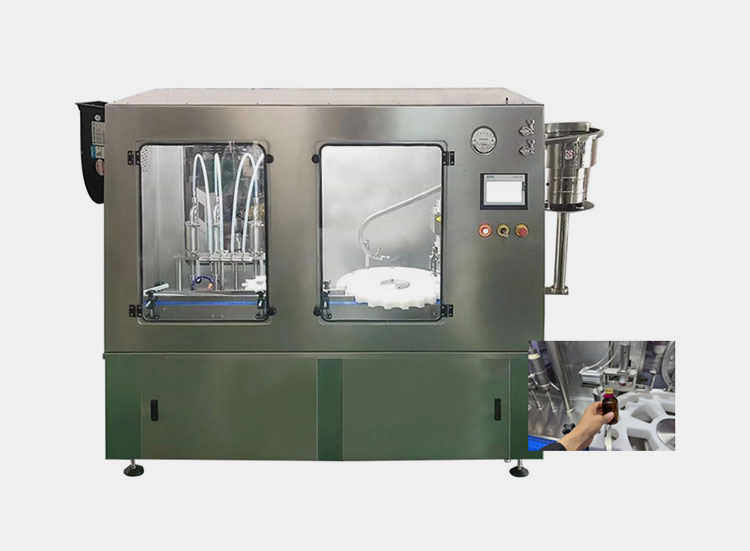
AIPAK Engineering glass bottles filling line
This filling line efficiently handles amber bottles that is necessary for handling fluorescent staining solution. In it, bottles are sterile inside out. Then, these are filled under aseptic condition. Labeling machine put on labels on each bottle that are capped by using capping machine in order to effectively store this sensitive solution.
Special staining solution
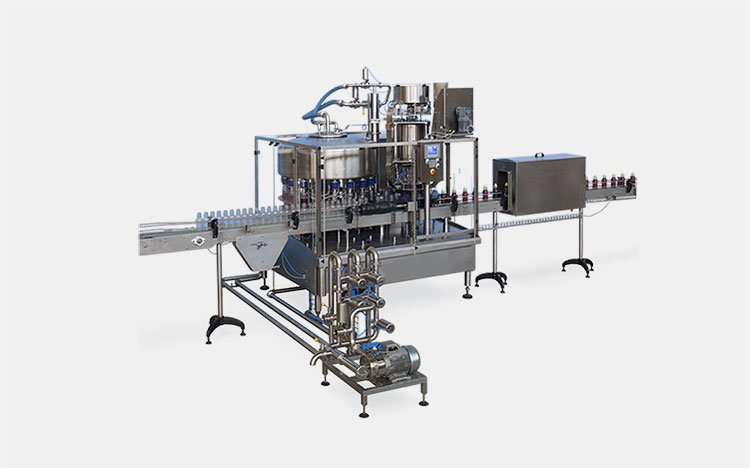
Flame-proof piston filling line-Picture courtesy: filmatic.com
This filling line is used to handle special staining solution that can catch fire easily as it contains chemical materials. In it, bottles are positioned correctly by unscrambler machine. By using piston, these are filled under flame-proof environment. Sealing is done by capping machine. Labels are done by labeling machine that are cartooned by cartoning machine.
Labeling machine

AIPAK automated labeling machine
Labeling a is necessary stage in staining solution production proves. Solutions are labeled with expiration and production date, ingredients and about what this solution is designed for. It adds a professional appealing look to the product.
Cartoning machine
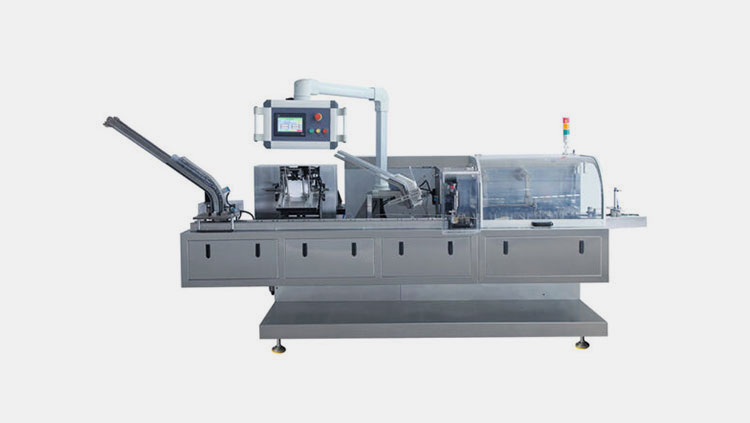
AIPAK cartoning machine
A cartoning machine is designed in such way that it does multiple tasks such as form, fill and seal cartons of staining solution. It enhances brand image by providing a secure or damage-free cartons. It should be packaged in materials that is suitable according to its nature.
7.Describe the storage condition of the staining solution?
Storing staining solution is necessary to keep the solution free from microbes and other contaminated materials and to increase the shelf life. Any irrelevant increase or decrease results in ineffectiveness. You will know the storage condition of staining solution here below.
Container using
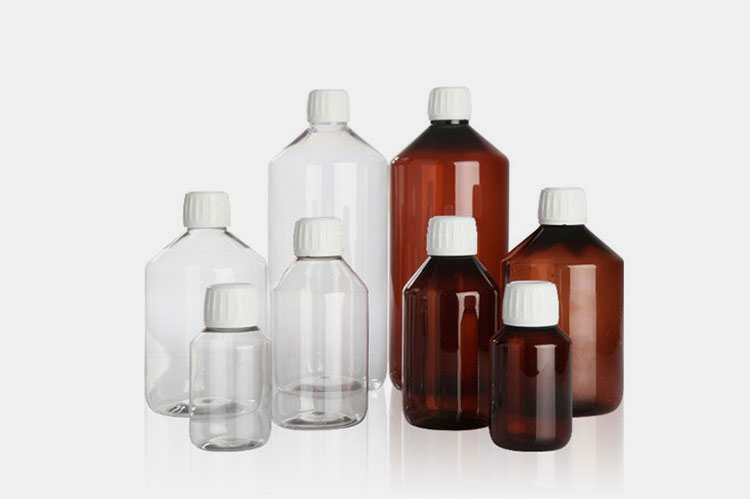
Container using-Picture courtesy: healthcare packaging
Types of containers that is going to be use affects the effectiveness and longevity of staining solution. There are sensitive staining solutions when exposed to light get degraded so amber or dark colored bottle is required for their storage.
For aqueous solution, plastic bottle can be preferred but keep the lid tighten and keep the solution in dry and cool place. Volatile and evaporate easily when keep in hot place. Hence keep the solution in glass.
Light
Sensitive solutions that degraded when expose to UV light that change its structure and results in retard effectiveness and longevity. Thus, stores them in dark colored bottles and in cabinets. You will see the decolorization of solution when expose for long period for light.
Labeling
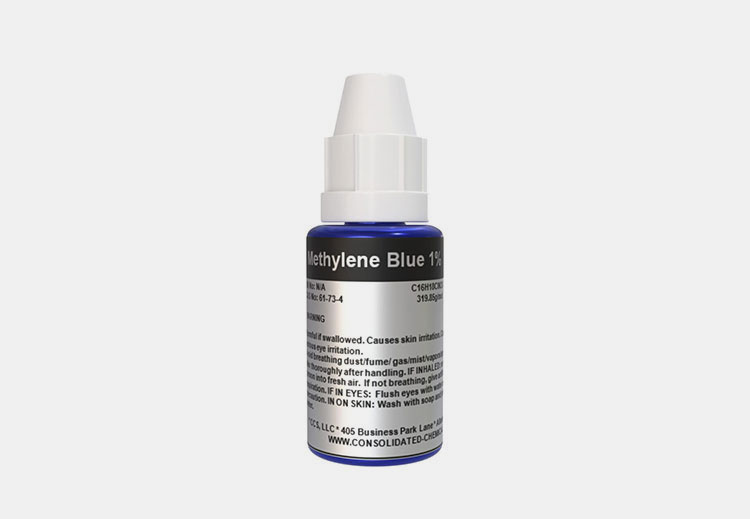
Labeling-Picture courtesy: consolidatedchemical.com
When the staining solution prepared in labs, it is duty of the manufacturer to label the solution so the user store or us it according to labeling. It should include date of production, expiration, ingredients, and storage place. It is important for reducing incorrect using, effectiveness and safety.
Temperature
Some stain solution requires the required temperature and any fluctuation results in reducing the shelf life. Some staining solution required minimum temperature for its maintenance hence store in refrigerator. While some stable in room temperature of 15 centigrade to 25 centigrade.
Air exposure
When solution is exposed to air, the oxygen reaction with solution results in oxidation. This leads the degradation of solution that has an impact on effectiveness and longevity of staining solution. You should store the solution in air-tight and tamper proof bottles. Don’t reuse the opened bottles as it introduces the contamination.
Specific stains storage conditions
| Eosin stains | Silver stains | Gram stains | Hematoxylin stains |
| Require room temperature
Store in amber bottles |
Require low temperature
Store in amber bottles |
Require room temperature
Store in air-tight bottles |
Require room temperature
Store in dark bottles |
8.Do you know the shelf life of staining solution?
The shelf life of staining solutions is different from solution to solution. It depends on the composition, type of stain, ingredients use, and storage conditions. Now, a question can pop in your mouth that what factors are there that effect the shelf life of staining solution. Here are you to know.
Storage conditions
Factors like humidity, temperature, air and light are the factors that is to be maintained while storing solution. Any exposition to these can affect the shelf life of staining solution.
Chemical composition
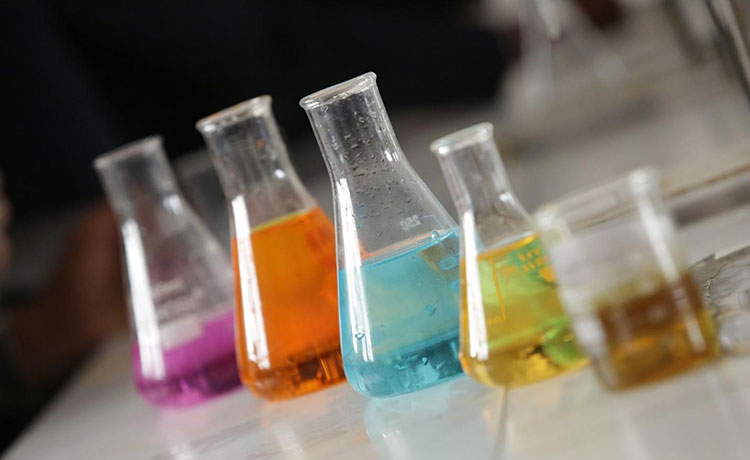
Chemical composition-Picture courtesy: learning-center.homesciencetool.com
Organic dyes use in solution are more sensitive and easily degrade when expose. This reduces the shelf life of staining solution.
Contamination
Some solution uses water as ingredient as they are water-based staining solution. They are prone to microbes. This results in short shelf life.
Shelf life of some staining solution
Are you excited to know the shelf life of staining solution? Well, below are shelf life of some of the staining solutions are:
| Staining solution | Shelf life |
| Giemsa stain | 2 years |
| Toluidine blue stain | 1 to 5 years |
| Trichrome Stains | 18 months to 5 years |
| Ziehl–Neelsen Stain | 2 years |
| Hematoxylin stain | 2 years |
9.How is the PH of the staining solution maintained?
Maintaining PH is important because slight deviation can affect its affinity and color. Do you want to know how to maintain PH of staining solution? Well, here below are the factors that should be consider for maintaining PH of solution.
Buffer system
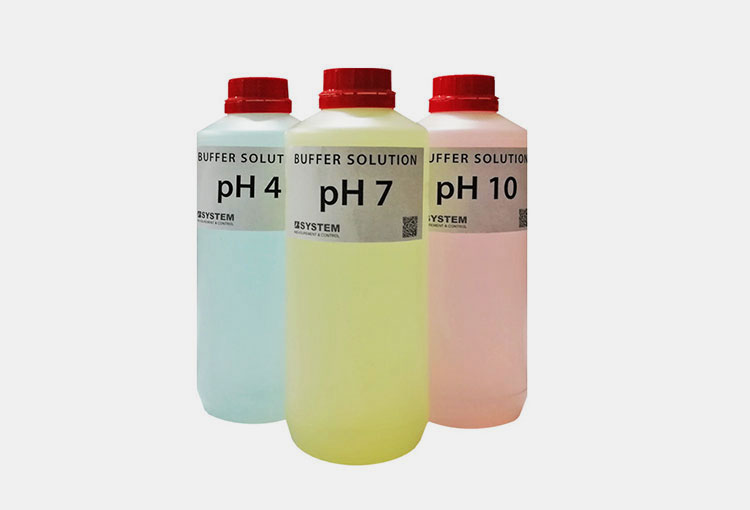
Buffer system-Picture courtesy: ismesb.com
Buffer system is the main method that is used to maintain PH. Buffer is used to resist any slight change in PH. A specific buffer solution is added to specific staining solution according to dyes being used. Example is that phosphate buffer is added to wright staining solution and also in Giemsa solution.
PH monitoring
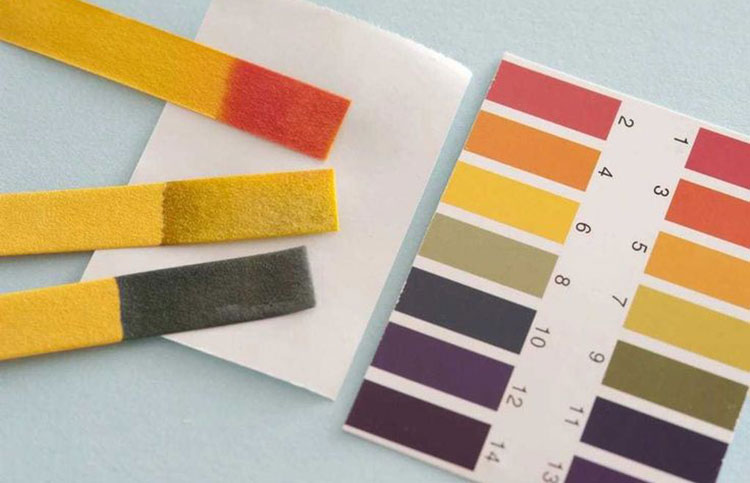
PH monitoring
The PH of solution is checked for monitoring whether PH is corrector not. It is checked by using PH indicator strips or PH meter which give you a precise value.
Monitoring is done at start of solution preparation but also at final stage for extended shelf life.
PH adjustment
Small amount of basic or acidic solution is added to stabilize the staining solution. You can adjust the solution by adding buffer solution. In this method, PH is rechecked to achieve the target thus it is more stable method.
10.What challenges can you face when handling staining solution?
Various challenges could you face as staining solution contains chemicals, toxic ingredients and other hazardous thing. Followings are the challenges you can face when handling staining solution.
PH drift
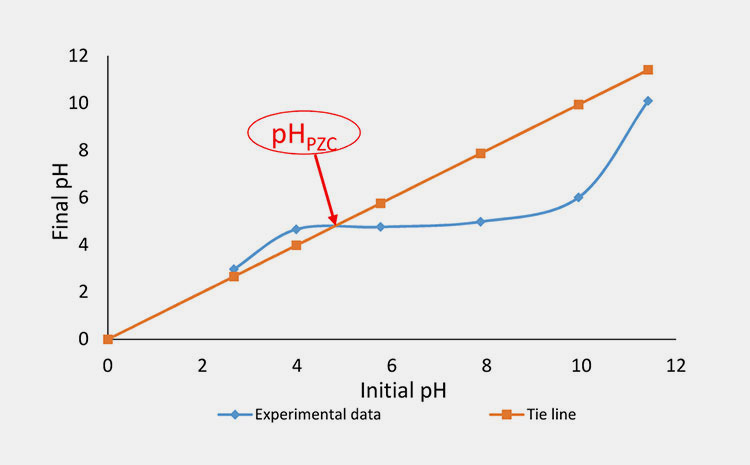
PH drift
The most common challenge you can face is inconsistent PH. Intensity of effectiveness can be affected by slight change in PH. This results in chemicals breakdown and evaporation.
Degradation
Staining solution degrades when expose to air, humidity, temperature and other environmental factors. Sone staining solution oxide and reduce and lose efficiency and consistency.
Contamination
Contamination can compromise the quality of staining solution. Reusing the slides or containers for different staining solution cause the microorganism and other bacterial agents.
Chemical hazards

Chemical hazards-Picture courtesy: storagenstuff.com
Staining solution cause health problems as it contains chemicals. The problems can be of skin problems and inhalation. They can cause flame and reactive.
Over-decolorization
Another challenge you can face is over-decolorization. When decolorization agent is used in excess amount, it causes the removal of primary stain even from the cell component when use for their visualization.
Overstaining
When staining solution are exposed to stains and concentrated dye solution for long time, it results in overstaining.
It causes not clear distinction of different tissues, cell structure, and misinterpretation of diagnostic tests.
11.What are the safety measures that you should take while staining the solution?
A staining solution contains different ingredients so handling them with safety is important in order to reduce the aftereffect. Following below are the safety measures that you should take into account.
Use ventilated area
Solution consists of harmful chemicals such as ethanol, methanol etc. These evaporate when expose to environment and cause many inhalation problems. Work in ventilated place to minimize the risks.
Avoid cross-contamination
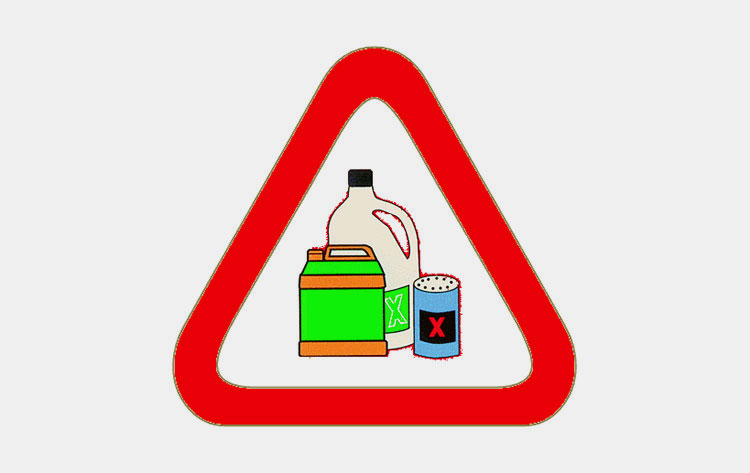
Avoid cross-contamination-Picture courtesy: fsqn.com
To prevent the staining solution, you should use clean containers. Use separate slides and tools after each batch. You can use alcohol and water for washing containers to avoid cross-contamination.
Proper storage
You should store staining solution in proper sealing. Bottles or jars should be tightly sealed so no germs or air, light enter the packaging. Store the solution in container according to its nature e.g. either in plastic or amber bottle. Keep the solution in cool and dry place.
Fire-extinguisher
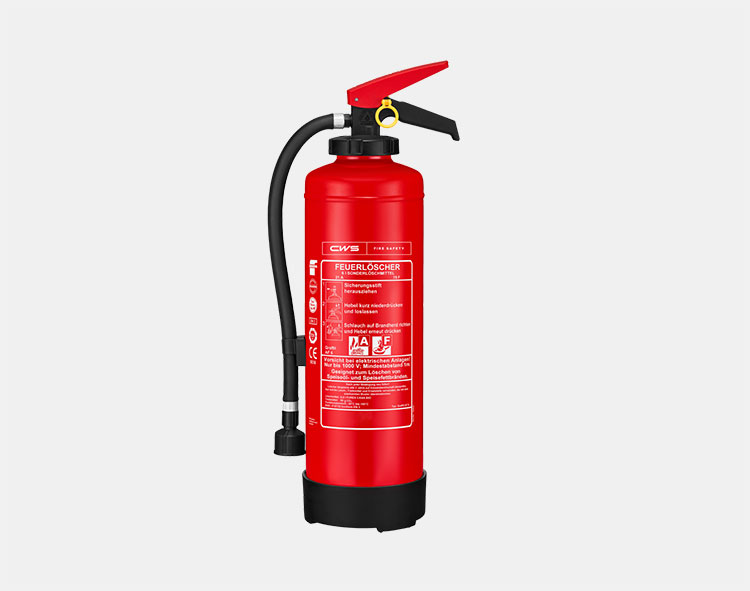
Fire-extinguisher-Picture courtesy: cws.com
Some of the chemicals are flammable and caught fire immediately when contact with air or other things. So, use fire-extinguisher to minimize the risk.
Conclusion
In a nut shell, you must acknowledge that staining solution is used in many fields and in each area, it contributes its role. This solution is made of various ingredients due to this it can be used with tissue, cell and microorganism to find out their roles and morphology. A great care is needed when handling the staining solution otherwise its staining power will be reduced. By this guide, you have known about staining solution much better and if you are interested in other topics too, you are welcome to visit AIPAK ENGINEERING.
Don't forget to share this post!
CONTACT US
Tell us your raw material and project budget to get quotations within 24 hours.
WhatsApp Us: +86 181 7101 8586
 Tell us your material or budget, we'll reply you ASAP within 24 hours
Tell us your material or budget, we'll reply you ASAP within 24 hours
